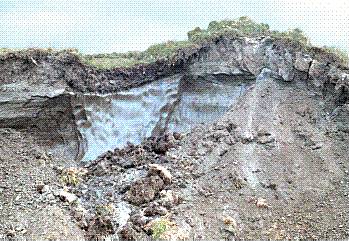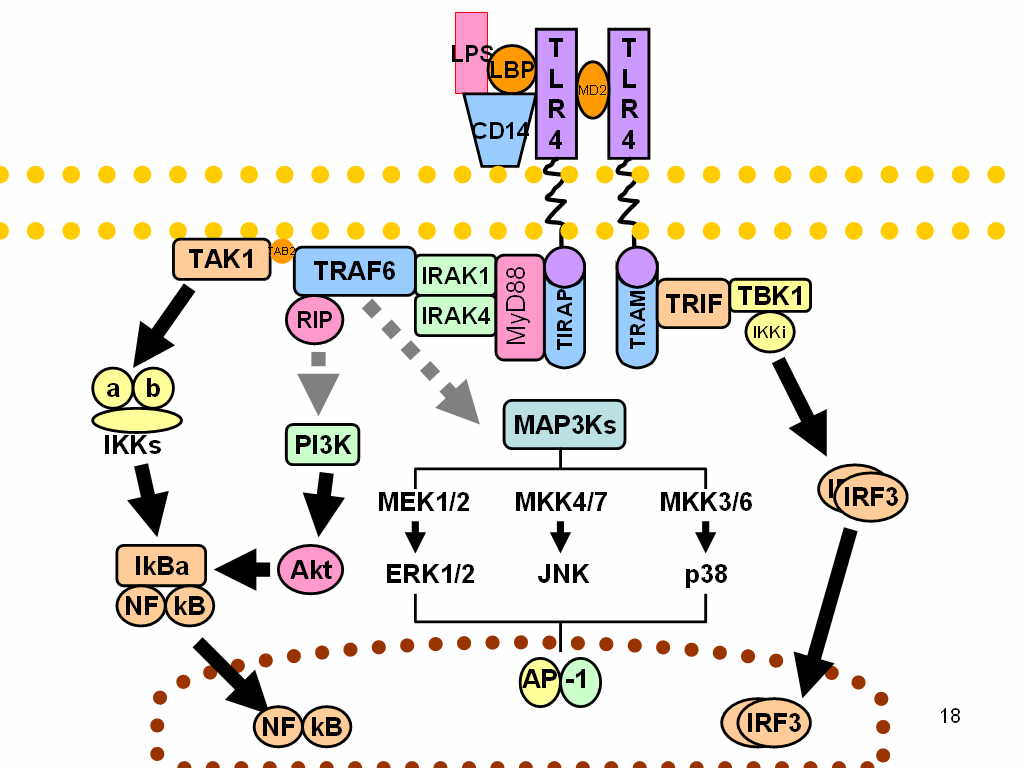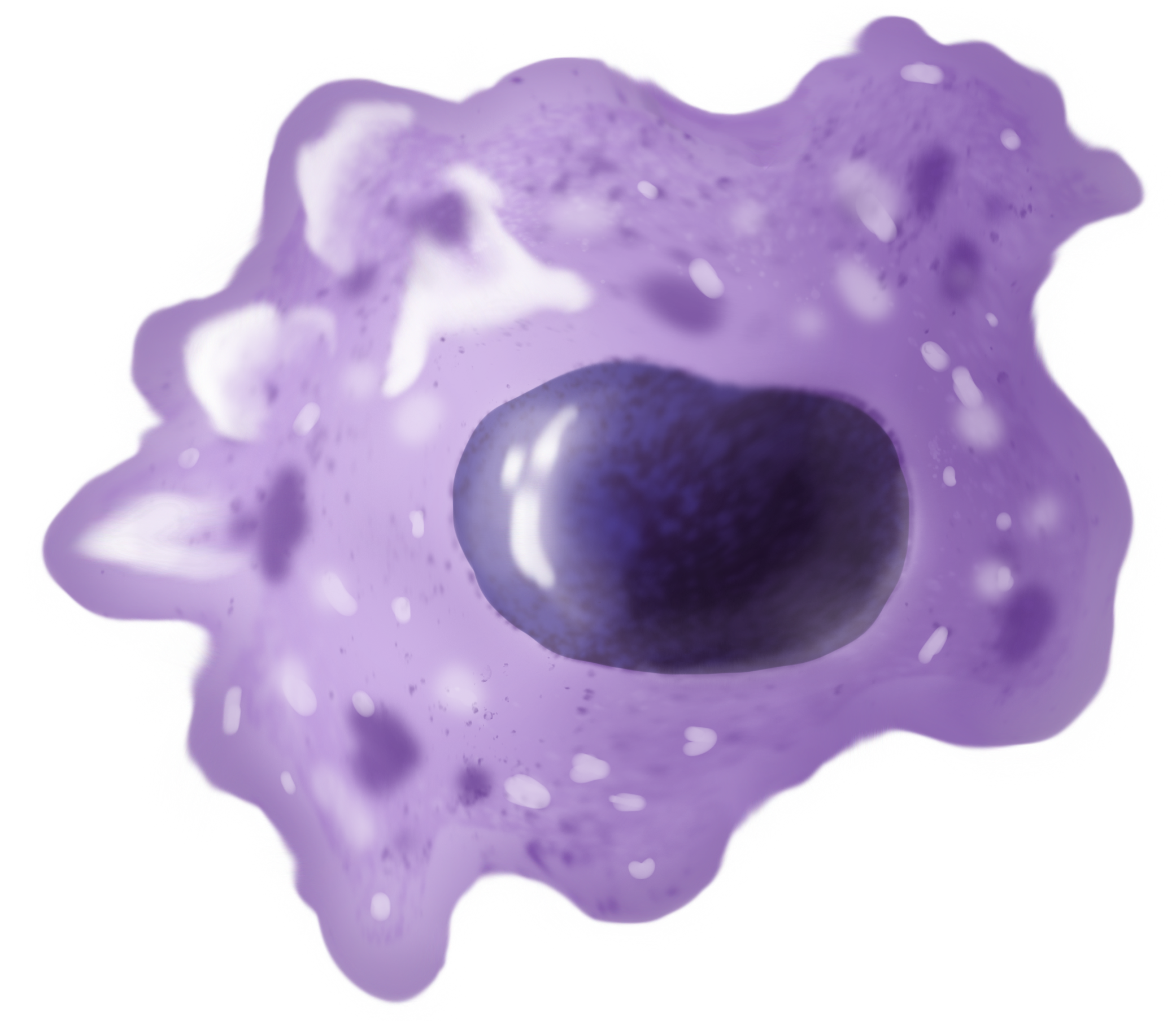|
Psychrobacter Arcticus
''Psychrobacter arcticus'' is a Gram-negative, nonmotile species of bacteria first isolated from Siberian permafrost. Its type strain is 273-4T (=DSM 17307T =VKM B-2377T). Hypoacylated lipopolysaccharide (LPS) from ''P. arcticus'' induces weak TLR4-mediated inflammatory response in macrophages and such Lipopolysaccharide, LPS bioactivity may potentially result in the failure of local and systemic bacterial clearance in patients. References Further reading *Whitman, William B., et al., eds. Bergey's manual® of systematic bacteriology. Vol. 5. Springer, 2012. *Dworkin, Martin, and Stanley Falkow, eds. The Prokaryotes: Vol. 6: Proteobacteria: Gamma Subclass. Vol. 6. Springer, 2006. * * * * External linksLPSN*Type strain of ''Psychrobacter arcticus'' at Bac''Dive'' - the Bacterial Diversity Metadatabase Moraxellaceae Bacteria described in 2007 {{Pseudomonadales-stub ... [...More Info...] [...Related Items...] OR: [Wikipedia] [Google] [Baidu] |
Gram-negative
Gram-negative bacteria are bacteria that do not retain the crystal violet stain used in the Gram staining method of bacterial differentiation. They are characterized by their cell envelopes, which are composed of a thin peptidoglycan cell wall sandwiched between an inner cytoplasmic cell membrane and a bacterial outer membrane. Gram-negative bacteria are found in virtually all environments on Earth that support life. The gram-negative bacteria include the model organism ''Escherichia coli'', as well as many pathogenic bacteria, such as '' Pseudomonas aeruginosa'', '' Chlamydia trachomatis'', and '' Yersinia pestis''. They are a significant medical challenge as their outer membrane protects them from many antibiotics (including penicillin), detergents that would normally damage the inner cell membrane, and lysozyme, an antimicrobial enzyme produced by animals that forms part of the innate immune system. Additionally, the outer leaflet of this membrane comprises a complex ... [...More Info...] [...Related Items...] OR: [Wikipedia] [Google] [Baidu] |
Permafrost
Permafrost is ground that continuously remains below 0 °C (32 °F) for two or more years, located on land or under the ocean. Most common in the Northern Hemisphere, around 15% of the Northern Hemisphere or 11% of the global surface is underlain by permafrost, with the total area of around 18 million km2. This includes substantial areas of Alaska, Greenland, Canada and Siberia. It can also be located on mountaintops in the Southern Hemisphere and beneath ice-free areas in the Antarctic. Permafrost does not have to be the first layer that is on the ground. It can be from an inch to several miles deep under the Earth's surface. It frequently occurs in ground ice, but it can also be present in non-porous bedrock. Permafrost is formed from ice holding various types of soil, sand, and rock in combination. Permafrost contains large amounts of biomass and decomposed biomass that has been stored as methane and carbon dioxide, making tundra soil a carbon sink. As global ... [...More Info...] [...Related Items...] OR: [Wikipedia] [Google] [Baidu] |
Lipopolysaccharide
Lipopolysaccharides (LPS) are large molecules consisting of a lipid and a polysaccharide that are bacterial toxins. They are composed of an O-antigen, an outer core, and an inner core all joined by a covalent bond, and are found in the outer membrane of Gram-negative bacteria. Today, the term ''endotoxin'' is often used synonymously with LPS, although there are a few endotoxins (in the original sense of toxins that are inside the bacterial cell that are released when the cell disintegrates) that are not related to LPS, such as the so-called delta endotoxin proteins produced by '' Bacillus thuringiensis''. Lipopolysaccharides can have substantial impacts on human health, primarily through interactions with the immune system. LPS is a potent activator of the immune system and pyrogen (agent that causes fever). In severe cases, LPS can play a role in causing septic shock. In lower levels and over a longer time period, there is evidence LPS may play an important and harmful ro ... [...More Info...] [...Related Items...] OR: [Wikipedia] [Google] [Baidu] |
TLR4
Toll-like receptor 4 is a protein that in humans is encoded by the ''TLR4'' gene. TLR4 is a transmembrane protein, member of the toll-like receptor family, which belongs to the pattern recognition receptor (PRR) family. Its activation leads to an intracellular signaling pathway NF-κB and inflammatory cytokine production which is responsible for activating the innate immune system. TLR4 expressing cells are myeloid (erythrocytes, granulocytes, macrophages) rather than lymphoid (T-cells, B-cells, NK cells). Most myeloid cells also express high levels of CD14, which facilitates activation of TLR4 by LPS. It is most well known for recognizing lipopolysaccharide (LPS), a component present in many Gram-negative bacteria (e.g. ''Neisseria'' spp.) and selected Gram-positive bacteria. Its ligands also include several viral proteins, polysaccharide, and a variety of endogenous proteins such as low-density lipoprotein, beta-defensins, and heat shock protein. Palmitic acid and lauric aci ... [...More Info...] [...Related Items...] OR: [Wikipedia] [Google] [Baidu] |
Macrophages
Macrophages (abbreviated as M φ, MΦ or MP) ( el, large eaters, from Greek ''μακρός'' (') = large, ''φαγεῖν'' (') = to eat) are a type of white blood cell of the immune system that engulfs and digests pathogens, such as cancer cells, microbes, cellular debris, and foreign substances, which do not have proteins that are specific to healthy body cells on their surface. The process is called phagocytosis, which acts to defend the host against infection and injury. These large phagocytes are found in essentially all tissues, where they patrol for potential pathogens by amoeboid movement. They take various forms (with various names) throughout the body (e.g., histiocytes, Kupffer cells, alveolar macrophages, microglia, and others), but all are part of the mononuclear phagocyte system. Besides phagocytosis, they play a critical role in nonspecific defense ( innate immunity) and also help initiate specific defense mechanisms ( adaptive immunity) by recruiting oth ... [...More Info...] [...Related Items...] OR: [Wikipedia] [Google] [Baidu] |
Lipopolysaccharide
Lipopolysaccharides (LPS) are large molecules consisting of a lipid and a polysaccharide that are bacterial toxins. They are composed of an O-antigen, an outer core, and an inner core all joined by a covalent bond, and are found in the outer membrane of Gram-negative bacteria. Today, the term ''endotoxin'' is often used synonymously with LPS, although there are a few endotoxins (in the original sense of toxins that are inside the bacterial cell that are released when the cell disintegrates) that are not related to LPS, such as the so-called delta endotoxin proteins produced by '' Bacillus thuringiensis''. Lipopolysaccharides can have substantial impacts on human health, primarily through interactions with the immune system. LPS is a potent activator of the immune system and pyrogen (agent that causes fever). In severe cases, LPS can play a role in causing septic shock. In lower levels and over a longer time period, there is evidence LPS may play an important and harmful ro ... [...More Info...] [...Related Items...] OR: [Wikipedia] [Google] [Baidu] |
Moraxellaceae
The Moraxellaceae are a family of Gammaproteobacteria, including a few pathogenic species.George M. Garrity: ''Bergey's Manual of Systematic Bacteriology''. 2. Auflage. Springer, New York, 2005, Volume 2: ''The Proteobacteria, Part B: The Gammaproteobacteria'' Others are harmless commensals of mammals and humans or occur in water or soil. The species are mesophilic or psychrotrophic (''Psychrobacter''). [...More Info...] [...Related Items...] OR: [Wikipedia] [Google] [Baidu] |




